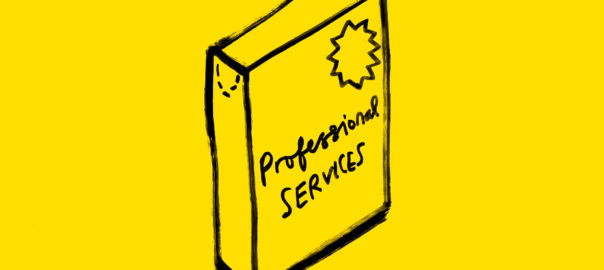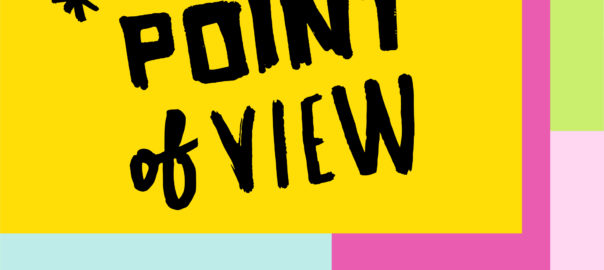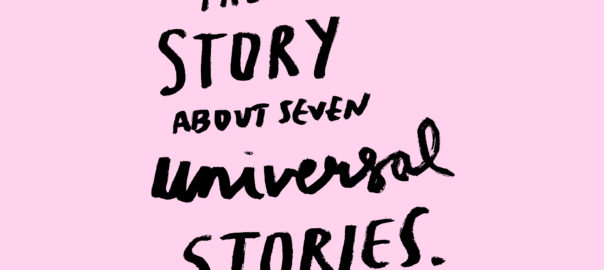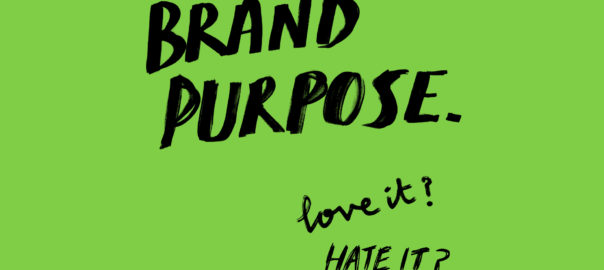1. Engage the leadership
Many brand positioning programmes are led by the marketing department. These are often the people who are most customer focused. And they are responsible for much of the marketing communications activity that will build the brand. But the responsibility for leading the organisation falls to the chief executive. To engage the business in the positioning, the champion of it must be the person at the top.
Leaders need to be clear about the behaviours and actions they are to uphold, and need to act as role models for the organisation. They are looked up to, so if they aren’t living the values of the company then the wider team can’t be expected to.
Bo Burlingham in his book, Small Giants, looks at smaller companies who’ve chosen to be great rather than big. Burlingham notes the importance of vision to these companies: “If there’s one thing that every founder and leader in this book has in common with others, it is a passion for what their companies do. They love it, and they have a burning desire to share it with other people.”
When a brand positioning has the buy-in and support of the leader, it becomes something more. It becomes a vision for the organisation. It becomes something that’s embraced by every department – from production and customer service, to marketing and HR. In this way, every aspect of an organisation’s behaviour is driven by the same guiding philosophy and the positioning becomes reality.
2. Align HR and marketing
Since an organisation’s staff are playing an increasingly important part in building the brand, it’s natural that the HR department’s ability to develop culture needs to be a central part of brand building. Work by Econsultancy found that: “As businesses transform to become ‘fit-for-purpose’ for a rapidly changing digital world, the HR function is playing a critical role in supporting change through a heightened focus on culture, learning and employee engagement.”²
One point we often stress to clients is that there is no separation between internal and external reputation. It is not possible to have an employer brand and a customer brand that are positioned differently, managed differently and built differently. Nicola Waring, Director of People at JW Lees, has found that the relationship between marketing and HR is one of the most valuable there is: “From a marketing perspective, you are trying to attract customers. From a HR perspective, you want to attract new recruits. If the key messages are inconsistent then how can you expect your teams to properly engage your customers?”
The Foundation explored this topic at one of their Forum events³, posing the question of whether all this means that the HR and marketing functions should merge: “All of those [internal and external messages] are the same message, and to achieve a true integrity all have to be planted in the same soil and ultimately tended by the same gardener.” This is something that brands are starting to consider, with companies such as Pizza Hut combining the head of marketing and the head of HR roles into one.
Whether a dual role is right for all organisations is debatable. The day-to-day work and skills of a HR director and a marketing director are still very different. It’s entirely possible for the two functions to work closely together, and ultimately the CEO becomes the person responsible for uniting the two – in the same way that they should take ownership of the positioning. Whichever approach an organisation takes, the key point is that marketing and HR activities must be totally aligned behind the same brand vision. As Nicola says: “I would implore all HR teams to make friends with marketing. They are creative in their approach, fun to work with and can provide insight to improve communication and engagement.”
3. Move people
Dan Wieden, co-founder of advertising agency Wieden & Kennedy, talks about the need for advertising to “move me, dude”. This is similarly important internally when it comes to brand positioning and vision. It must inspire employees. The key here is the way the positioning is brought to life – it must be real, human and emotional, not full of brand jargon.
A while ago I saw a post on Facebook from someone who works for a large retailer. One Monday morning he arrived at work to find he had a new screen saver promoting the company’s new brand positioning. He posted a picture of it on Facebook with the caption “Ah great, a new brainwashing screen saver for a Monday morning.” Not only does this show the negative impact that an unengaged employee can have, it also highlights the need to bring the positioning to life in a meaningful way for staff.
Doshi & McGregor make a similar point: “A thoughtful organisation can create authentic purpose for just about any type of work. Yet one of the biggest mistakes a company can make is trumpeting a grandiose purpose that isn’t authentic. If a purpose doesn’t feel credible, it won’t improve your motivation.” As Antoine de Saint-Exupéry once wrote, “If you want to build a ship, don’t drum up people to collect wood and don’t assign them tasks and work, but rather teach them to long for the endless immensity of the sea.”
In an earlier POV piece on brand narratives, we touched on how we’ll often bring a brand positioning to life using a video. We’ve recently created films for the Westmorland Family, JW Lees and Vestey Holdings to turn their visions into moving stories that can be communicated internally and externally.
4. Don't just say it, live it
Enron had these values displayed in their lobby: “Integrity, Communication, Respect, Excellence.” The company went bankrupt due to fraud and its executives were imprisoned. Too many companies spend lots of time and money creating a positioning and values, but then neglect the most important part – embedding them in the organisation.
Jim Collins found that: “The point is not what your core values are, but that you have core values at all, that you know what they are, that you build them explicitly into the organisation, and that you preserve them over time.”
A brilliant book for anyone interested in embedding a vision is Yvon Chouinard’s Let My People Go Surfing, which tells the story of how he built Patagonia, a business with an incredible vision that is rooted in sustainability and environmental awareness. His book details at length how they embedded the vision through a series of philosophies: product design, production, distribution, marketing, finance, human resources, management and environment.
When values and their corresponding behaviours are embedded in the organisation, they guide everyone’s behaviour and provide a solid foundation for action. They demonstrate to employees what’s acceptable and what isn’t. This requires a much more robust approach than simply communicating the values in reception. Organisations that do this well use a variety of techniques:







